April 26, 2024 | 14:07 GMT +7
April 26, 2024 | 14:07 GMT +7
Hotline: 0913.378.918
April 26, 2024 | 14:07 GMT +7
Hotline: 0913.378.918

Farmer Nguyen Van Luong uses the grafting method to improve the quality and productivity of macadamia trees. Photo: Minh Hau.
These days, Mr. Nguyen Van Luong's family in Tan Nghia commune, Di Linh district (Lam Dong) is grafting to improve a series of macadamia trees in their gardens. This farmer has been growing macadamia since the 2000s, so many roots are old now, giving poor productivity. Besides, when he learned that macadamia was of high economic value 20 years ago, he bought the seedlings whose quality were unknown.
“Back then, the macadamia tree was still unfamiliar, so there were few places that provided high quality seeds like today. Therefore, the trees grew slowly and the fruit quality was not high”, Mr. Luong said. He added that now there are about 200 macadamia trees from the old batch and they are intercropped in the coffee garden.
Of these 200 stumps, many still yield about 10kg of nuts per year. Others are old and give 4-5kg of poorer quality nuts. Currently, his family is selling macadamia nuts to local cooperatives and businesses with prices at the garden from VND80,000 to 90,000/kg. “The nuts are quickly sold out. However, because the macadamia trees are old, so the shell is thick and not favored by buyers. They said this product is only for domestic consumption because it is not qualified for export”, Mr. Luong said.
Wanting to improve the quality of agricultural products to meet the requirements of businesses, Mr. Luong's family repeatedly sought solutions such as increasing nutrients and watering the plants, but the results were not satisfactory. He considered cutting down the old trees to plant new trees, but didn’t want to wait 4-5 years. Meanwhile, he was told that Lam Dong Agricultural Extension Center was implementing a model for grafting to improve the old macadamia trees.
In 2020, Mr. Luong's family decided to join the program and over 50 old and low-yielding trees were grafted. These trees were cut on large branches and then grafted with high quality macadamia varieties. The owner of the garden confided: “70% was funded. Quality seeds, grafting techniques and care were provided by the Center. So everything was going very smoothly".
Currently, the 50 macadamia rootstocks of Mr. Luong's family are growing well. Mr. Luong said cheerfully that the trees grew even faster than the stumps in adulthood. At the current rate, only around the end of 2022 will the rootstocks be harvested.
According to Mr. Nguyen Van Dien, a technical officer at Lam Dong Agricultural Extension Center, regarding the quality of macadamia, the general regulations on the rate of kernel collection per fruit weight must be at least 36%. However, many macadamia gardens in Lam Dong are planted with poor trees, so this rate is only about 20-25%, making it difficult for the macadamia to enter the international market.
In the world, many countries grow only grafted macadamia because these plants are created by high quality varieties that have been selected through research. “At present, as varieties like 846, 849, and QN1 have high productivity and quality, so we coordinate with the Vietnamese macadamia company to organize grafting in Di Linh district. The program has grafted over 550 trees in dozens of households in 6 communes of this district”, said Mr. Nguyen Van Dien. This model is opening up opportunities to create quality products to meet the needs of exporting.
Mr. Dien recommended growing grafted macadamia. Although the price is many times higher, the trees grow fast, with higher quality and less time to harvest. According to Mr. Dien, macadamia is a tree with poor wind resistance, so it is necessary to have a secure plan. When the tree reaches its size, it is necessary to press the tops and create canopies so that more fruits can be obtained. In the process of fruiting, stink bugs must be prevented to avoid affecting the quality of the kernel.
According to Mr. Nguyen Van Tuan, Director of Lam Dong Agricultural Extension Center, the local area of macadamia is 4,400ha, most of which is intercropped with coffee and other plants. Lam Dong province aims to produce high-quality macadamia, build production links and attract investment in the field of preliminary processing for export.
Translated by Meagan Phan
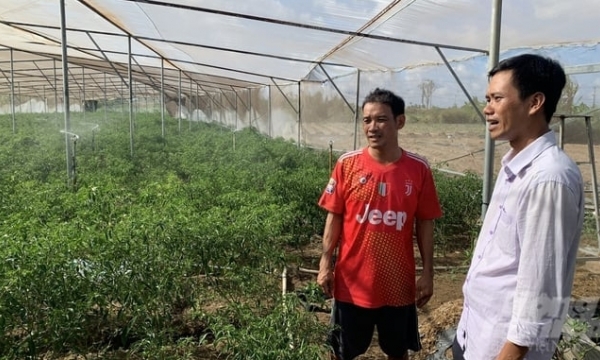
(VAN) The project, sponsored by the European Union, is implemented in Dong Thap, Kien Giang, and Tra Vinh provinces, with a total funding of 4.2 million Euros.
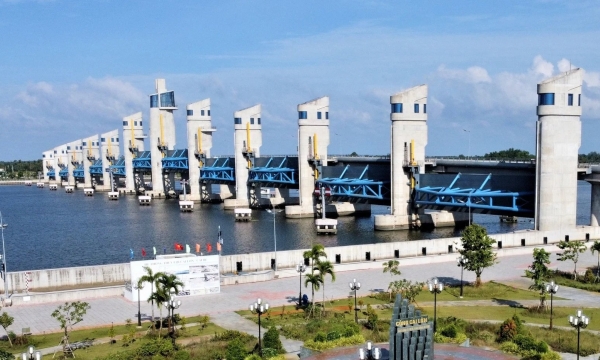
(VAN) In the heart of the Mekong Delta, the Cai Lon and Cai Be sluice gates act as guardians, halting the incursion of salty tides deep into the inland fields and managing freshwater resource distribution.
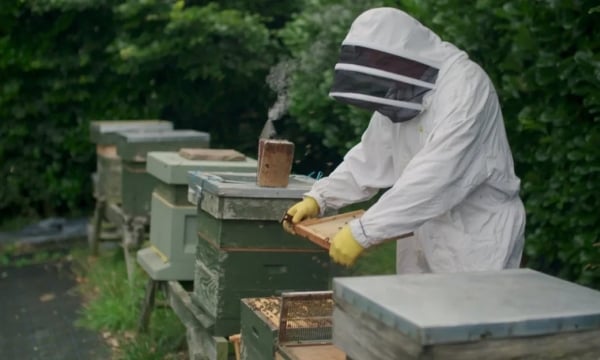
(VAN) The use of IoT, AI, and Blockchain to ensure product quality, streamline the manufacturing process, and distribute goods is a solution for long-term beekeeping development.
/2024/04/25/2756-2-192240_783.jpg)
(VAN) According to the Dong Thap Provincial People's Committee, smart villages are built from farmers' clubs, in line with the trend of developing the digital economy, circular economy, and green economy.
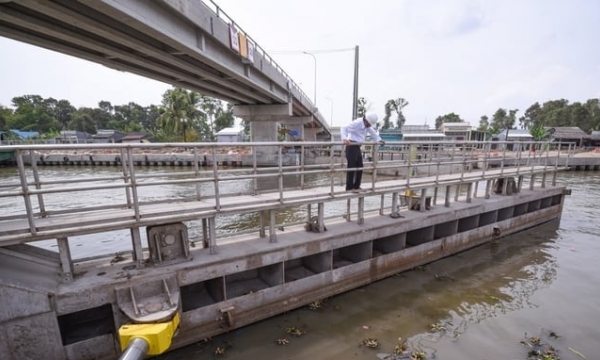
(VAN) Since its inception, the Ninh Quoi sluice gate in Bac Lieu province has significantly benefited the four Mekong Delta provinces during two severe dry seasons.
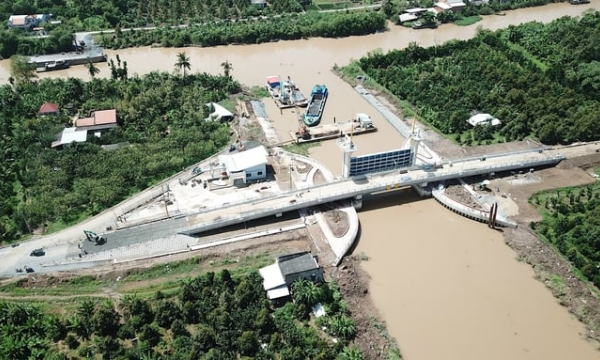
(VAN) During the dry season of 2024, the freshwater and saltwater control sluice projects invested in by the MARD in Ben Tre have significantly contributed to mitigating the impact of natural disasters in the region.
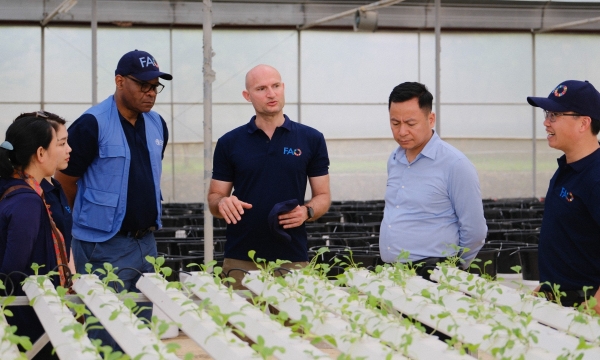
(VAN) The 'Smart Agriculture for the Future Generations' project is aiding 34 households in Moc Chau to renovate and optimize 35,420 square meters of greenhouse space.